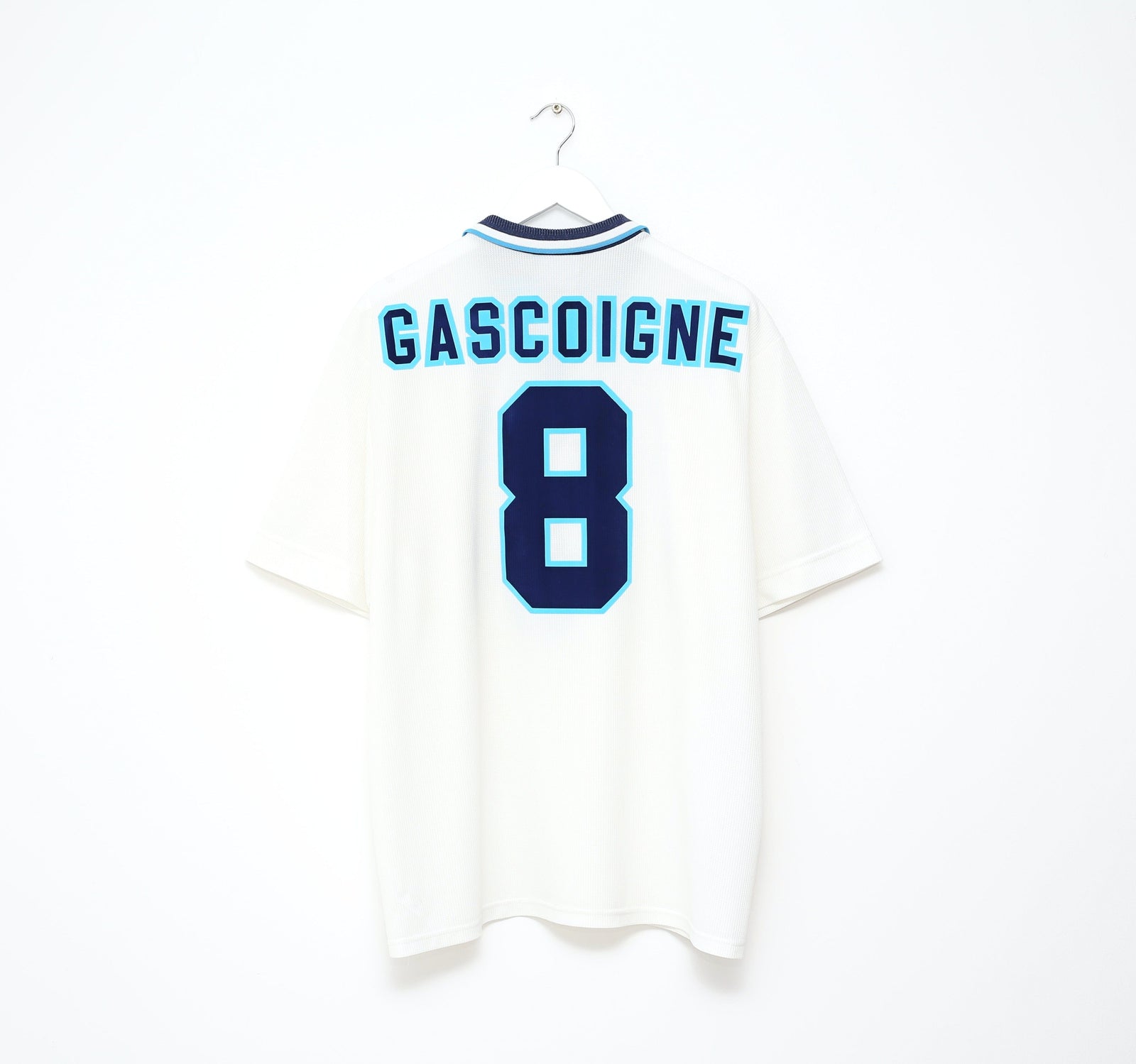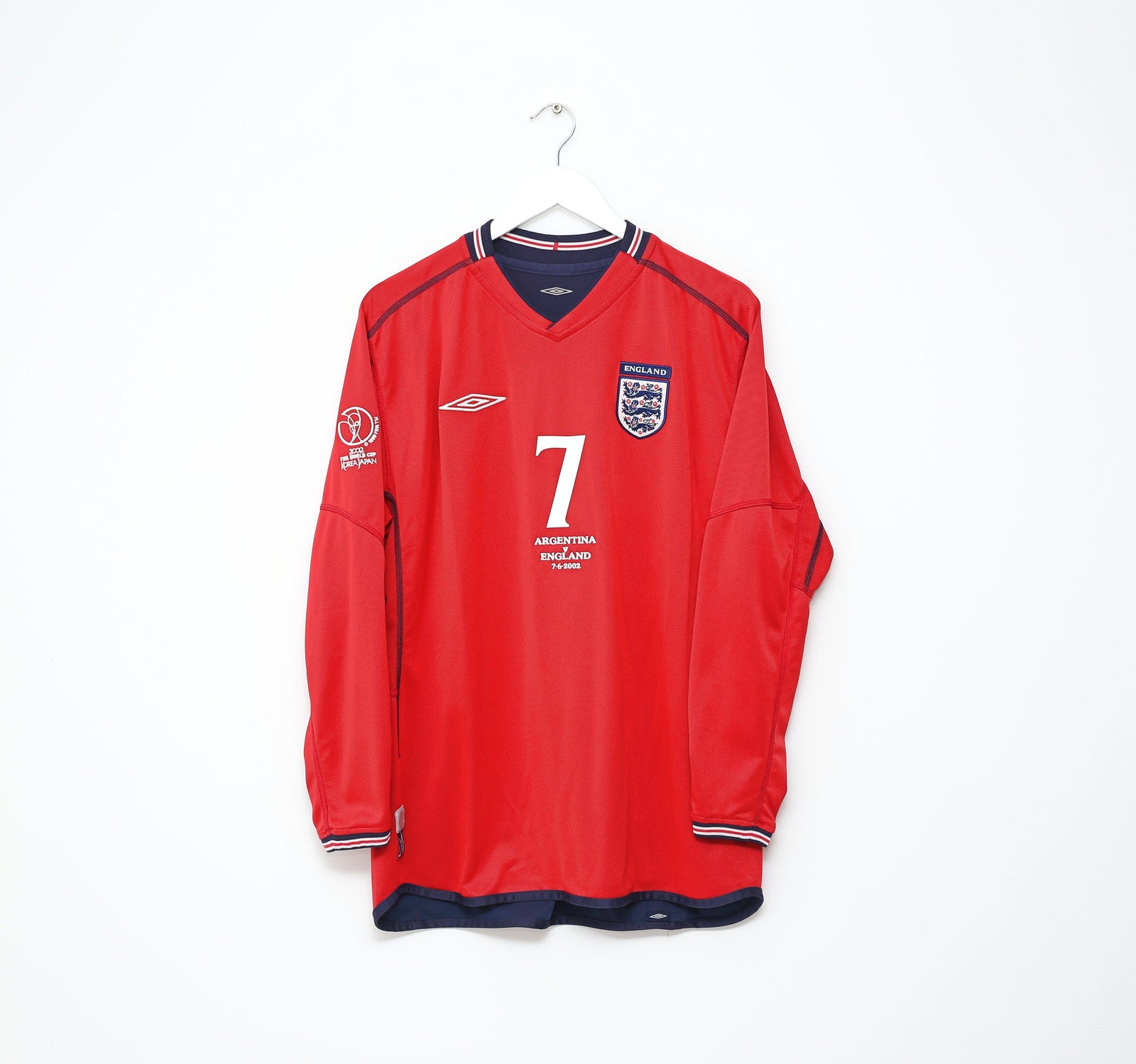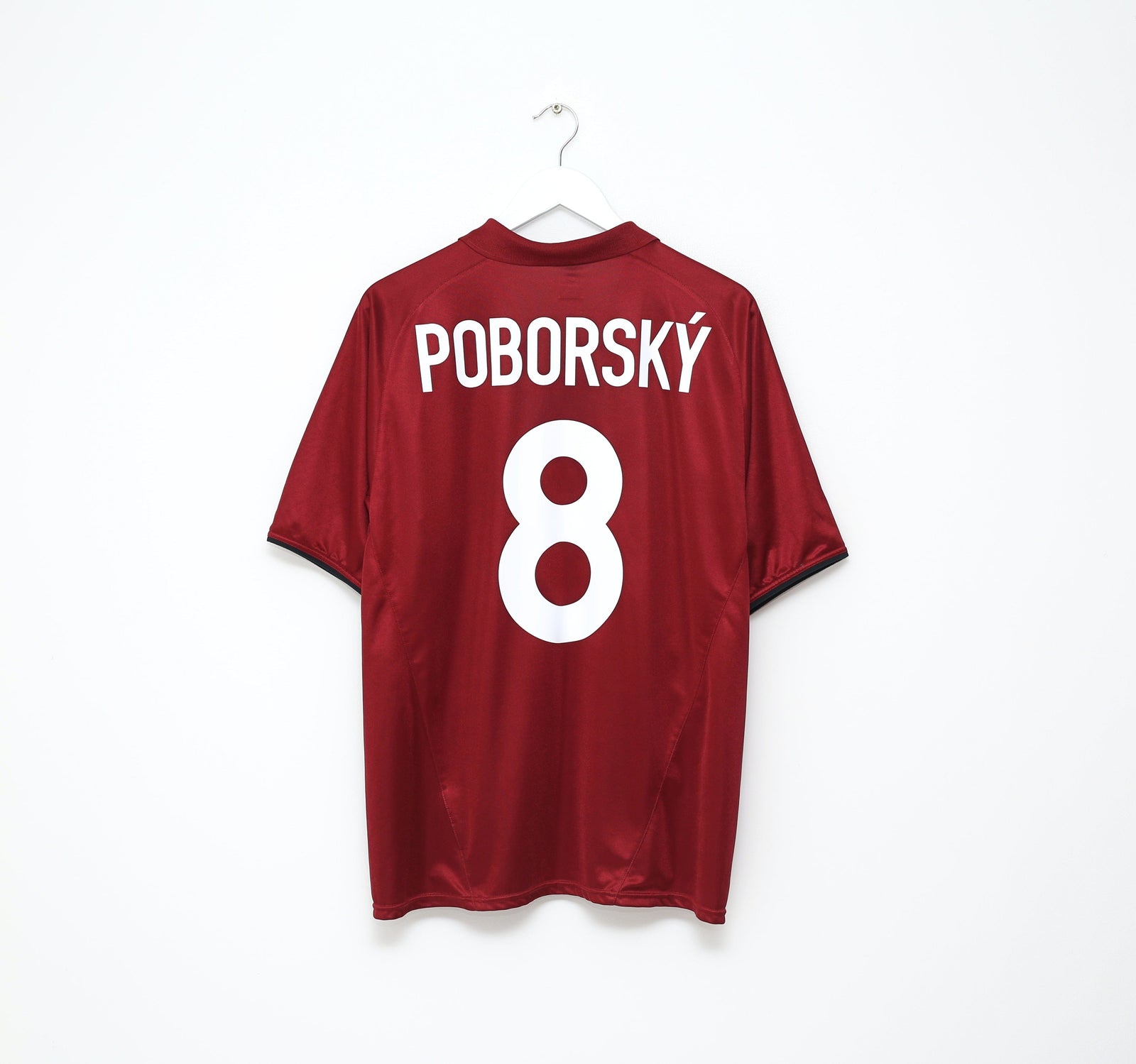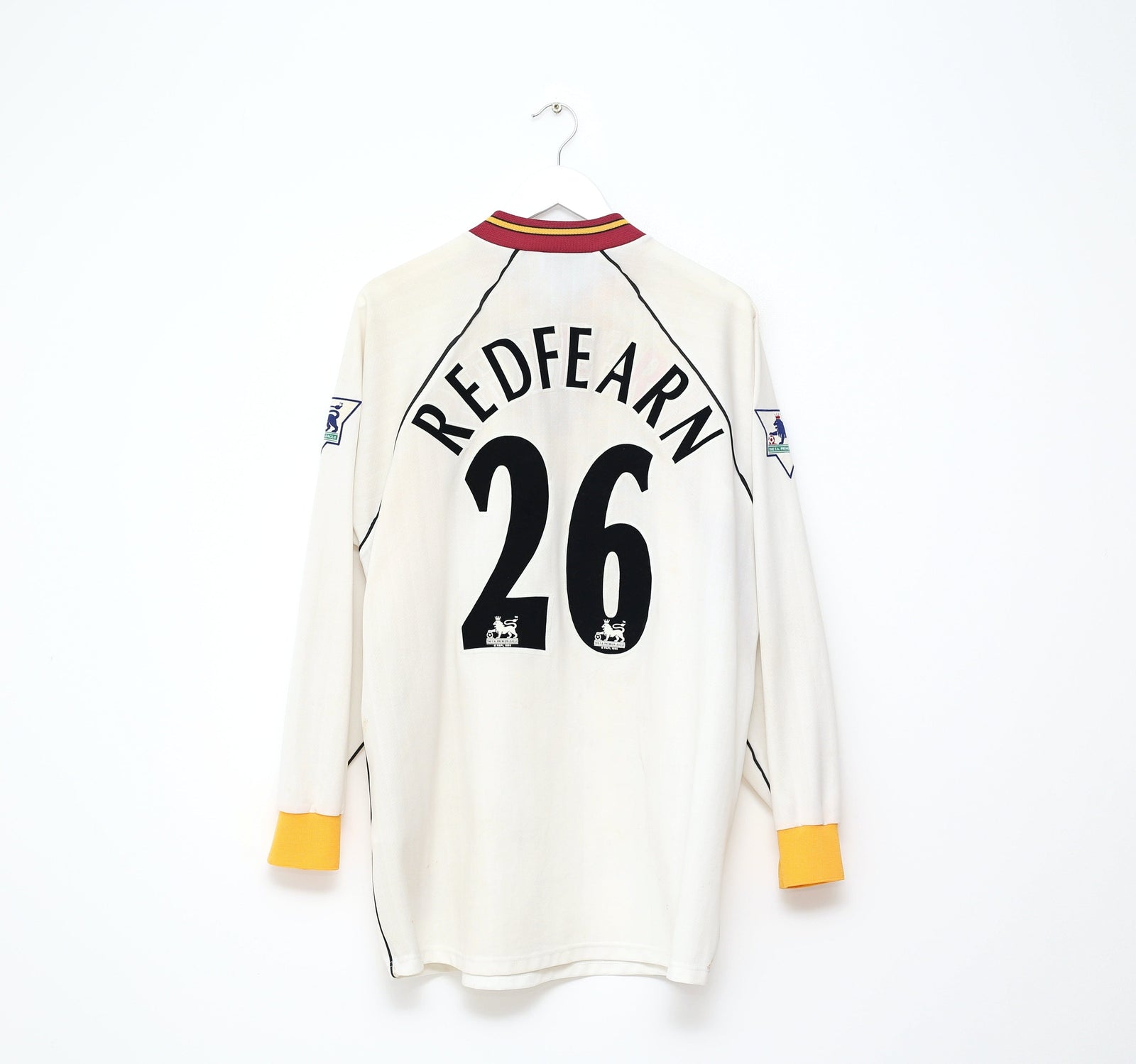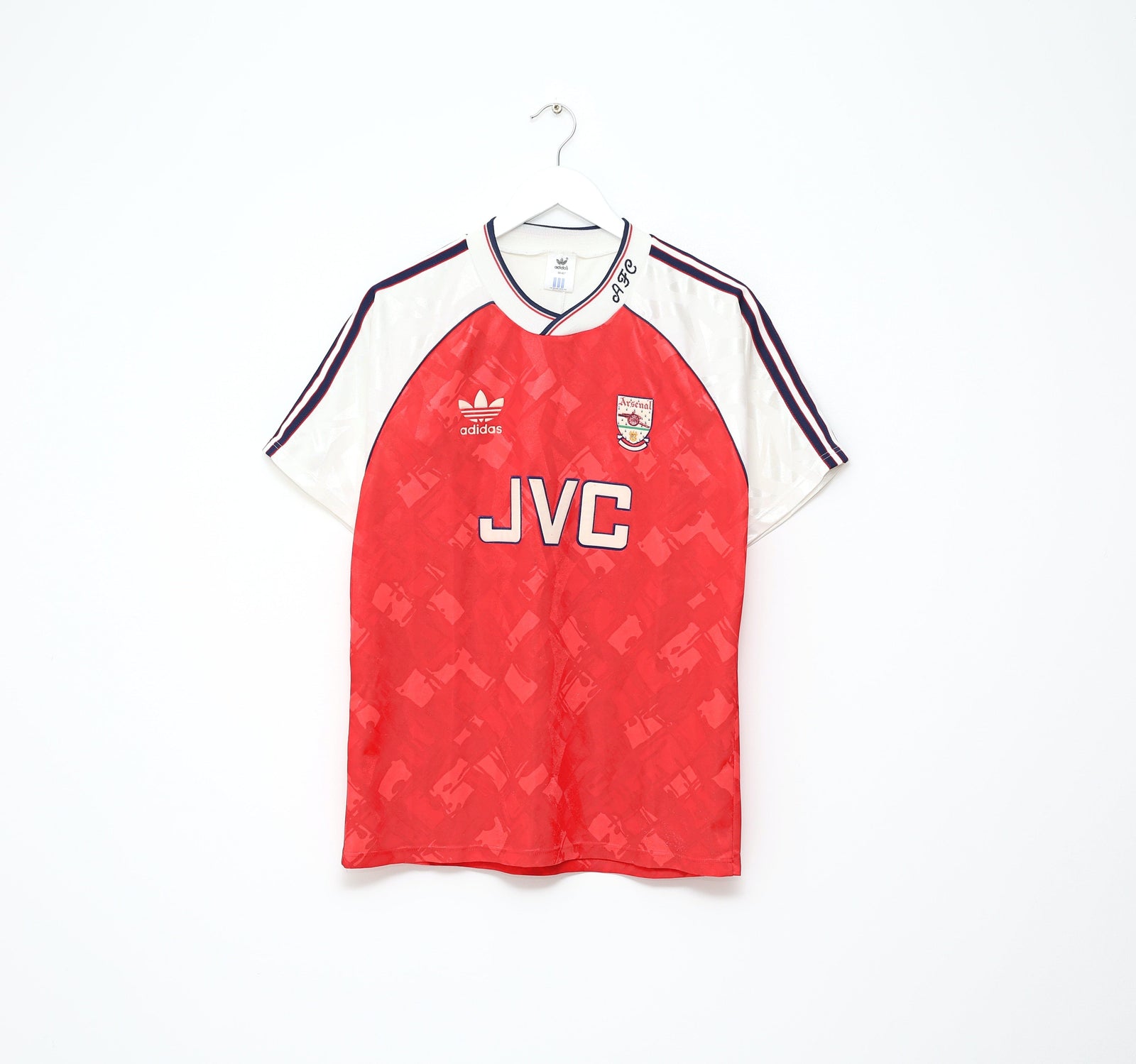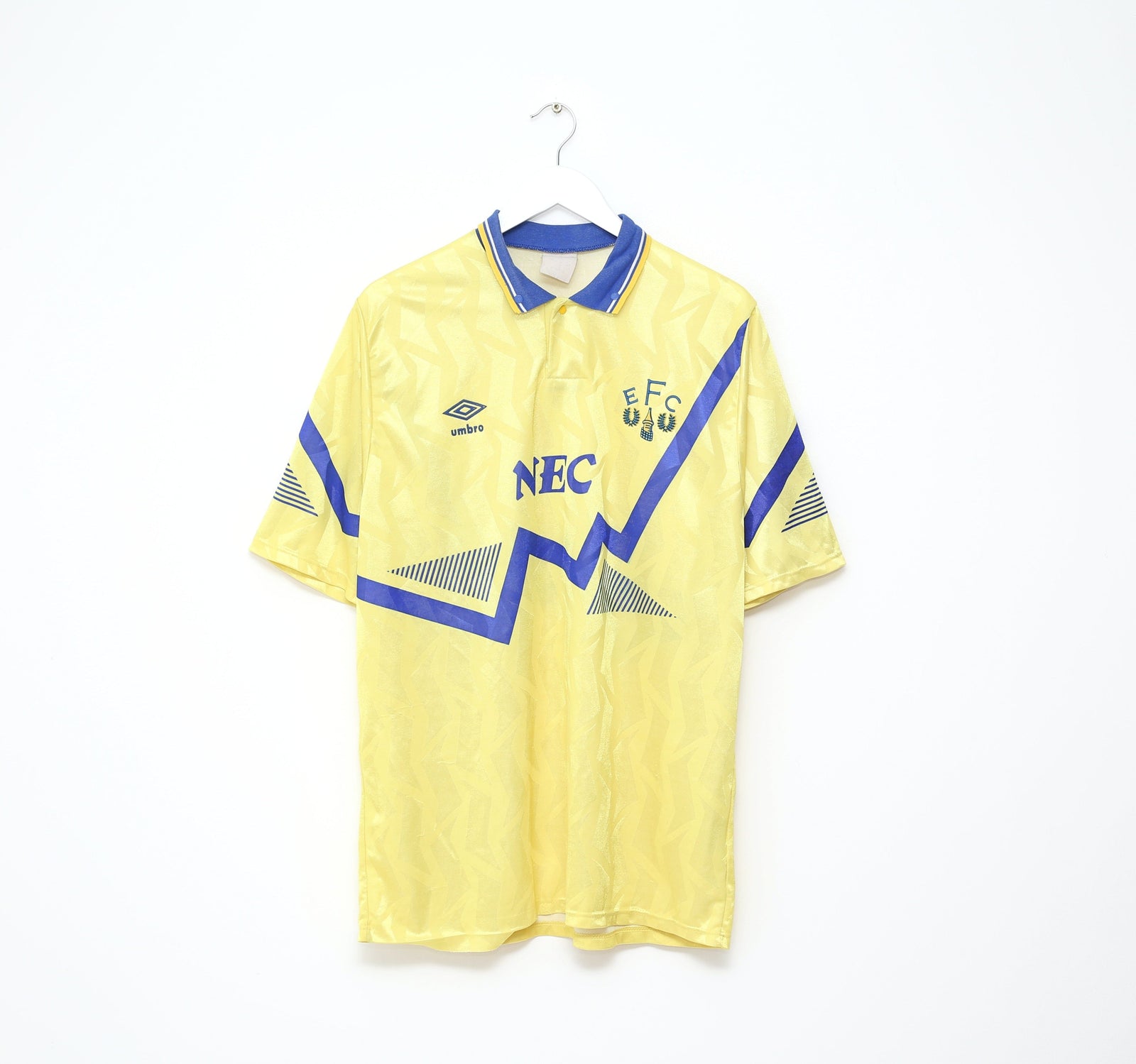100% authentic | Shipped from UK | Rated Excellent on Trust Pilot
100% authentic | Shipped from UK | Rated Excellent on Trust Pilot
Vintage shirts
Modern classics
Concept kits
Add description, images, menus and links to your mega menu
A column with no settings can be used as a spacer
Link to your collections, sales and even external links
Add up to five columns
Add description, images, menus and links to your mega menu
A column with no settings can be used as a spacer
Link to your collections, sales and even external links
Add up to five columns

Inigo Turner: adidas design head talks to FSC
by Matt Leslie February 05, 2022 11 min read
Whether it's Chelsea, Celtic or Barcelona, shirt release season is a favourite for us at FSC, so in order to take you behind the scenes of the creation of these shirts, we spoke to adidas design director and creative lead for all adidas football apparel, Inigo Turner.
In his time with the Three Stripes, Inigo has worked on some of the biggest shirt releases of recent years, including Manchester United’s return to adidas in 2015-16, LAFC’s debut shirt of 2018 and the bold Juventus half/half home shirt of 2019-20. In our chat, Inigo told us about his journey to adidas, left some tips for any budding designers, and gave his thoughts on how football shirt culture is developing right now. Enjoy!
Backstory and early memories of shirts
Q: So Inigo, could you give us a bit of your own backstory within the world of football shirt creation? What path did you go down in terms of studying, early interests in football shirts, and what ultimately led you to adidas?
I’m one of the younger siblings and my older brothers were all big Manchester United fans, so there was only one club to go for. adidas was the kit supplier back then, 1980-92, so it was somehow in my consciousness from a very early age.
I liked to draw a lot as a kid, I was always creative. Through school I gravitated towards art and design, so I studied art at University, which was great and allowed me creative freedom. After that I couldn’t really find a way to turn it into a career and it was when a friend suggested I apply for an internship at adidas that I turned my focus to my old love of the Three Stripes and football. I had to learn illustrator and Photoshop and about garment design and construction which I did via a network of friends and colleagues. I combined my creativity with my interest in adidas, which I’ve always had, so it doesn’t really feel like work in that respect. I am very lucky to do something I am really into as my job.
Q: Is there a particular shirt you remember from your youth that inspired you to design football shirts?
Manchester United, 1991. pic.twitter.com/82oFEcD8mF
— 90s Football (@90sfootball) November 2, 2021
Really hard to answer that one, but shirts were things of wonderment back in the 80s and 90s, a really rich period of design and experimentation. We were coming out of the plain shirt period where graphics were a relatively new thing, and I think it was a lot freer back then and designers had less ‘constraints’ in terms of sponsor logos and documents from UEFA & FIFA with 70 pages of regulations, so you got these wonderful shirts, like my own personal favourite the Manchester United ‘snowflake’ shirt from 1990-92. They were created with freedom and were exciting, and I remember how I felt the first time I saw that shirt in an advert in Shoot! Magazine. it was really mind blowing! So I guess that shirt has maybe always been with me, but it is hard to choose a particular one.
I always liked adidas shirts the most, there’s something aesthetically pleasing about that era that was incredibly rich and different. I remember the old shirts back then, and I was kind of hooked on them, the detailing, the materials, the big logos, they were immense. They also stand for an identity, more than a simple piece of clothing. They have an association to them that you belong to a particular group, that you’re like-minded. There’s definitely an emotional attachment.
Life as a design director at adidas
Q: And so at adidas now you are a design director. What does that role entail day-to-day?
Yes, it’s a great privilege to do this! My role is creative lead for all adidas football club apparel, and so I help to shape the seasonal design direction for the football design team. We also work with other teams within the department such as marketing, communications, innovations and product development. Working with many different partners, daily duties can vary, so you never know what is round the corner.
Depending on the time of year it can be reviewing samples and prototypes, strategy and calendar topics, working with designers to solve problems. There can be a lot of meetings for me, as I have to represent our team and find better ways for us to work within the wider organization.
Q: In doing some research for this piece, I noticed that you are a big Manchester United fan, and in 2015 you got to design their shirt for their adidas comeback. What was that experience like?
Amazing! That was the culmination of my long-term love with the brand and the club. I never thought we would re-sign United, so it was the most exciting thing that could happen. It was incredible to get to create kits for them. It is hard to describe the feeling and emotions, but being at Old Trafford for the kit’s first game was surreal. When I was smaller, going to Old Trafford, the size of the place and the noise, standing on the Stretford Paddock, I used to find it quite overwhelming but also beyond exciting, so without being too cheesy, it was a dream come true.
Seeing them walk out in a kit I helped design, if you’d told the 10 year-old me that I’d do that I wouldn’t have believed you.
Q: And looking ahead to the future, is there a club/national team that you have not worked with so far that you would love to design a shirt for in the future? Or one you would like to return to one day?
Good question! I enjoy creating for all the teams. Some clubs and federations are more open to exploring and trying new things, and that helps to create future icons and is just a more interesting space. All the iconic club and federation shirts would be good to have a go at, but we have so many amazing partners already. I would say I am very happy with what I have done, but I am always open for the next challenge! Growing up in the 90s, I loved Italia 90 and Football Italia on Channel 4. There were so many icons in that era, probably half a dozen clubs I would love to work with and design for.
Advice for aspiring designers
Q: For anyone reading this who might be looking to get into the profession, what would your advice be for aspiring football shirt designers?
Go for it! Use your passion and motivation, and always keep an open mind. I think there’s a lot of boundaries out there and closed thinkers, so I would encourage the opposite. I think it’s about being creative and innovative and you don’t have to be a football fan to do this job.
"I think there’s a lot of boundaries out there and closed thinkers, so I would encourage the opposite."
Inigo Turner
Design Director, adidas
I think the iconography of football shirts is clear, but great ideas can come from anywhere. I love to read about the history of football shirts, so one big part of this has been that element of almost being a researcher. That doesn’t mean then creating a retro shirt, but finding interesting mechanisms to retell these sometimes lesser known or forgotten stories, and giving the new ones a reason for being. You need to be able to communicate what is in your head into an idea and explain it to someone else in a relatively simple and understandable way.
Q: If they were lucky enough to get into the profession at a place like adidas, what would the typical design journey of a shirt look like?
It’s quite a long journey. It begins with a discussion with the club/federation where we ask for their insights and input and then we build a brief together with our marketing colleagues. From there we design the kits, collars and multiple base-style components, fabric and print designs, graphics and internal alignments with all the different designs. This is then put into a presentation which we then go back to the club with and get their feedback. After any tweaks, we create the technical drawings of the product and then it is handed to the development team. We then receive samples which are once again presented back to the club. All being well, it then goes into further development and ultimately production. There’s a lot more to it but that’s a simple version.
Q: And I can only imagine that the journey the shirt goes on must have changed significantly in the years since you first started at adidas. Are there any stand-out differences you notice in designs or design techniques now compared to when you first started?
Many changes and a lot of exploration. On a technology level it has been super interesting; we’ve had the duel-layer climacool shirts, formotion in 2006, then Tech Fit at the 2010 World Cup which was a massive innovation. After that we developed adizero, which were the lightest football shirts ever, CLIMACHILL and now HEATRDY, which is a material innovation where certain structures and finishes on the material wick sweat away from the body and dry quickly to help maintain a cooler feeling during the game.
I think looking back, what we used to achieve with cut-and-sew, the clima/mesh zones to let air pass through the garment, we later achieved with engineered zoning and in-built technology into the material yarns. This changed the appearance of shirts a fair bit as it enabled them to be more simple in terms of garment construction. It will be Interesting to see where we go next…
Q: With lots of releases to come in the next few weeks for the 2020/21 season, is this time of year a strange one for you and other designers? After months of work I can imagine the nerves ahead of release and the urge to make final finishing touches to ensure the absolute best design for the clubs.
We are finished with the designs several months before so by the time they come out our minds are generally in another season, but it is very exciting to see them released and see the teams wearing them for the first time. I love seeing how they look on the field of play, that newness and expectation for the new season to come. I used to love that when I was a kid, and I still have that same buzz for releases now!
Concept kits and the state of the industry
Q: At The Football Shirt Collective concept kits are a big focus for us. Is that a market that you or your team would ever look to for inspiration, or even to find new designers?
It’s really interesting to see what other people do, how they interpret kit designs. But I find myself thinking ‘that’s good but you couldn’t execute that’, or ‘the sponsor or UEFA would never allow that’. That’s a big part of it too so it needs to be considered. Often people see our designs launch and don’t know the reasons why certain things are done. For example, a club like Juventus can’t have stripes on the back of their shirt within the number zone, which is a predefined space due to UEFA number visibility regulations.
From a creativity point of view it is good and I like to see them, but we don’t really look at football products to gain inspiration as I don’t think it moves things forward. I prefer to encourage other areas of inspiration and creativity not from within the industry. We have graphic designers, apparel designers, people with different skill sets and backgrounds throughout the team, and that mix of qualities is what makes us so strong. I think concept kits and having the platform to share to an endless audience offers immense potential, and we would definitely consider anyone as a new designer.
Q: Moving onto the growing culture around football shirts, the launch of the ‘bruised banana’ Arsenal shirt last summer, along with several other releases in recent years, seems to be closing the gap between streetwear and football wear. Is this something you and your team have noticed or are actively incorporating into your designs?
For sure! I would say we have been doing that for a good few years and built products around a philosophy we called ‘Stadium to Street’, in which we consider products to be designed and used in a 24 hour, seven days-a-week environment. It is about connecting the products to the needs of fans and consumers, because different kits fulfill certain criteria depending on which partner we are working with. Again, with Juventus going for the half/half design, it was incredibly bold and progressive. They are interested in redefining what the industry looks like and can do. It isn’t for everyone but then you cannot please everyone, it cannot be done. And when we did the bruised banana for 2019-20 it was a no-brainer, it had to be done! Our first design process for Arsenal was almost complete before it even started because we simply had to pay homage to the historical and rich partnership between the two of us.
We try to create concepts for the teams in a bespoke way by immersing ourselves in the clubs and cities. One-to-one bring-backs have a place, but I think giving something a new perspective is more interesting. Also, you have to question yourself as a designer: are you really doing your job if you are not challenging conventional thinking and, in some cases, conservative thinking?
Q: And the bruised banana shirt was obviously a call back to the 90s. Especially working for a brand as historically significant as adidas, do you ever feel that there is a struggle to get the correct balance between something fresh while also paying homage to the history of the clubs, or even the brand itself?
Yes, we definitely aim for a balance between meeting the current zeitgeist for 90s trends, while also striving to create the next generation of shirts. One thing is giving people what they want, and the other is giving them something they don’t know they want yet, which is really tricky. We create things with the collective memory of both the sport and the club in mind, sometimes more obviously or directly than others, but we always strive to include a story in the product, a reason for being, but not in a pointless way. Football shirts are important and symbolic for so many people and the responsibility is great.
"The current zeitgeist for the 90s is hugely nostalgic, but we want to look forwards whilst acknowledging where we came from."
Inigo Turner
Design Director, adidas
Going forward, we will redefine how we build products. There’s a need to constantly challenge ourselves and not to stand still, because current trends will also move on. The current zeitgeist for the 90s is hugely nostalgic, but we want to look forwards whilst acknowledging where we came from.
Q: Aside from the technology involved, what directions do you see football shirts and football shirt culture going in the future? And do you think this would influence any of the work you do at adidas?
Well I don’t want to give any secrets away for the future, but I believe football shirts are a vehicle to transport messages to a wider audience, and one which should be used for messages of positivity and unity. Football clubs and federations stand for the people and the diversity of the game. We should all be trying to bring people together, and I see that we all have a responsibility to do the right thing and stand for equality. We are all on that journey and hope that we can move the human race forward and into a better place, I am not saying a football shirt can solve that, but we can all do better.
And on that note, in these current times, that seems as good a place as any to sign-off with Inigo. We would like to thank him for taking the time to talk us through his work, what’s going on at adidas at the moment, and where he believes football shirts will move in the future. We hope you enjoyed what Inigo had to say, and you can keep track of his work on Twitter and Instagram.
Pick up your own adidas shirt - perhaps one designed by Inigo - in our store. Have a look at our adidas collection here.
Subscribe
Sign up to get the latest on sales, new releases and more …

